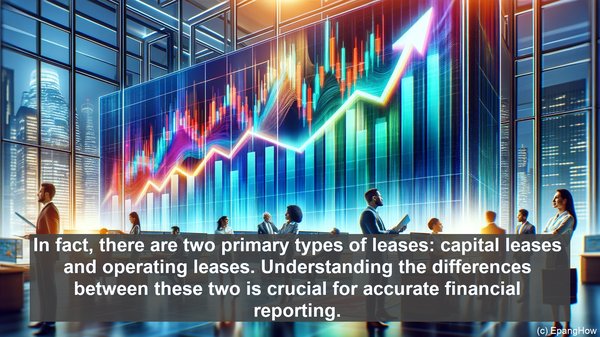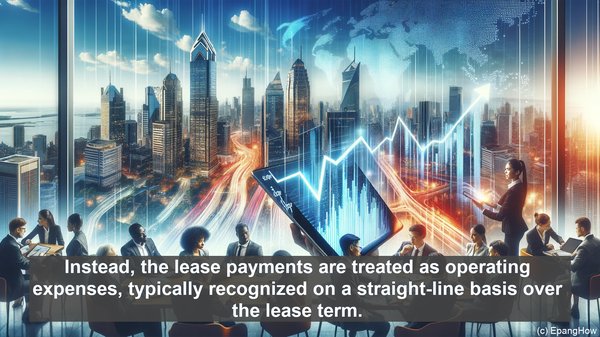Introduction: The Importance of Lease Classification
Hello everyone, and welcome to today’s video. When it comes to accounting, leases are a significant aspect. They involve the use of assets and can impact a company’s financial statements. But not all leases are treated the same way. In fact, there are two primary types of leases: capital leases and operating leases. Understanding the differences between these two is crucial for accurate financial reporting. So, let’s dive in!
Defining Capital Leases: The Basics
A capital lease, also known as a finance lease, is a lease that transfers the risks and rewards of asset ownership to the lessee. In simpler terms, it’s a lease that’s more like a purchase. When a company enters into a capital lease, it essentially assumes the responsibilities and benefits associated with owning the asset. This means that the leased asset is recorded as an asset on the lessee’s balance sheet, and the corresponding lease obligation is recorded as a liability. Additionally, the lessee also recognizes depreciation expense and interest expense related to the lease.

Understanding Operating Leases: A Different Approach
On the other hand, an operating lease is more like a rental agreement. In this type of lease, the risks and rewards of ownership remain with the lessor. The lessee, in essence, is renting the asset for a specific period. Unlike a capital lease, an operating lease does not result in the recognition of an asset or liability on the lessee’s balance sheet. Instead, the lease payments are treated as operating expenses, typically recognized on a straight-line basis over the lease term.
Key Differences: Capital Lease vs. Operating Lease
Now that we have a basic understanding of the two lease types, let’s explore their differences in more detail: 1. Ownership: In a capital lease, the lessee assumes ownership-like responsibilities, while in an operating lease, the lessor retains ownership. 2. Financial Statement Impact: A capital lease affects both the balance sheet and income statement, while an operating lease primarily impacts the income statement. 3. Lease Term: Capital leases are often long-term, covering a significant portion of the asset’s useful life, whereas operating leases are typically shorter. 4. Purchase Option: Capital leases may include a purchase option, allowing the lessee to buy the asset at the end of the lease term, while operating leases usually do not. 5. Maintenance and Insurance: With a capital lease, the lessee is responsible for maintenance and insurance costs, whereas with an operating lease, these responsibilities usually lie with the lessor.

Why the Difference Matters: Financial Reporting and Ratios
The distinction between capital leases and operating leases is not just about semantics. It has significant implications for financial reporting and analysis. For instance, a company with many capital leases may appear more leveraged, as these leases result in higher liabilities on the balance sheet. Additionally, the interest expense associated with capital leases can impact profitability ratios. On the other hand, operating leases, which are not recorded as liabilities, may provide a more favorable debt-to-equity ratio. These differences in financial ratios can influence investors’ perceptions and decisions.
